While bruises is a part of everyday life, they can also be very painful and require a lot of care. Most abrasions are wounds that have the first layer of skin removed, and they require immediate treatment to prevent infection.

What is Abrasion?
An abrasion is a type of wound that develops when the skin rubs against a hard surface. When the skin slips on hard surfaces, it can be called road rash. Bruising is a common type of injury that can affect various body parts, such as elbows, knees, ankles, and upper limbs.
Although abrasions can be painful, they do not usually cause severe bleeding. They can also expose nerve endings in the skin, and they can be treated at home. Compared to incisions or lacerations, they are less severe and do not require medical attention. They can affect deeper layers of skin, which can lead to excessive bleeding.
What is Bra Abrasion?
A bra that is too tight can also cause rubbing and abrasions due to how it often comes against your skin. Red lines can appear on the bra's sags, which can include the shoulders, top chest, and bottom chest.

How Many Grades of Abrasion?
There are varying degrees of abrasions, and they can range from mild to severe. They can usually be treated at home, though some may require medical attention.
First-degree abrasion is a type of superficial injury to the skin's first layer, also known as the epidermis. These injuries don't bleed, and they are often referred to as abrasions or scrapes.
A secondary abrasion is a type of damage that can occur to the dermis, which is the second layer of skin. It can bleed slightly.
Third degree wear is a serious condition that can lead to avulsion injuries. It involves the tearing and rubbing of the skin into tissues that are deeper than the dermis. Avulsions can bleed profusely and require more medical attention.
How to Treat Abrasions at Home
Second-degree or even first-degree abrasions can be treated at home. To clean the wound, use warm or cold water and mild soap. You can also use sterilized tools to remove dirt. For minor wounds that don't bleed, do not expose them.
If the wound is bleeding, apply gentle pressure to it and keep it clean with a bandage or cloth. You can also elevate the wound to stop the bleeding. To stop the bleeding, apply an antibiotic or a moisture-proof topical cream such as Aquaphor or bacitracin. After treating the wound, gently clean it and replace the bandage and the antibiotic every day. If the infection is suspected, see a doctor.
Tips to Get Rid of Bra Abrasion?
Choose the Right Size Bra
When it comes to choosing a sports bra , make sure that it fits well and that it doesn't have friction. A bra that doesn't have friction will keep you feeling great. If the straps are getting too tight, you should choose a larger band size. Also, if the cup is too small, you should replace it with a larger one.
Wash and Dry the Skin
Using gentle washing techniques can help minimize the inflammation and sensitivity of the skin. After a gentle shower, pat the affected area dry. Do not towel dry, as this can leave the skin with a layer of moisture that will stay in the folds. To get the skin back to its original state, use a cool hair dryer to thoroughly dry the skin.

Coobie Comfort Racerback Sports Bra 9075
Conclusion
Although abrasion from sports bra can be irritating, it's normal for people with different bust sizes to experience this issue. First, make sure that you're not wearing a bra that's too big or that doesn't fit well. Also, you should ensure that the support you need is proportionate to the impact of your exercise. If the issue persists, it should be referred to a doctor.


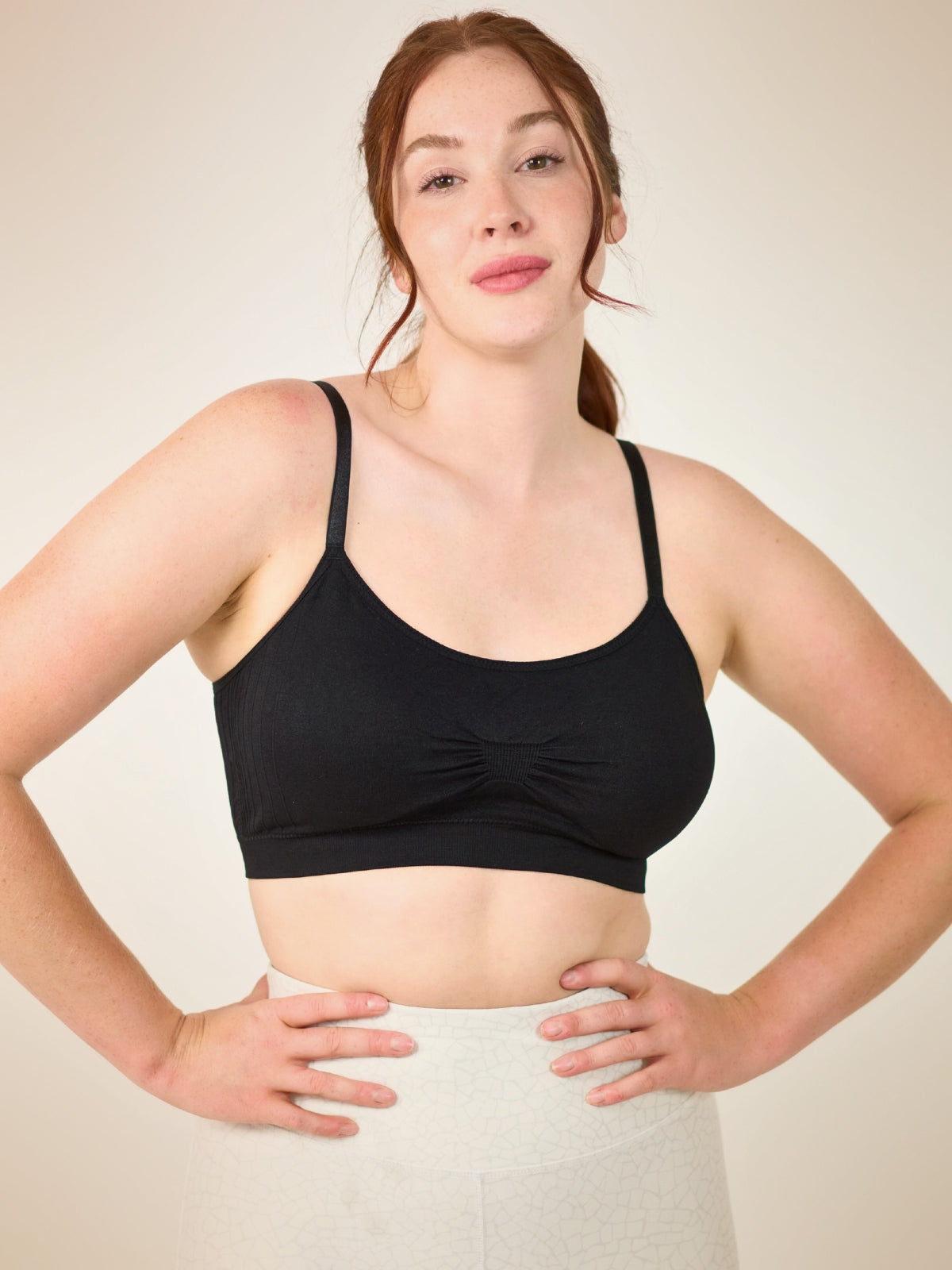
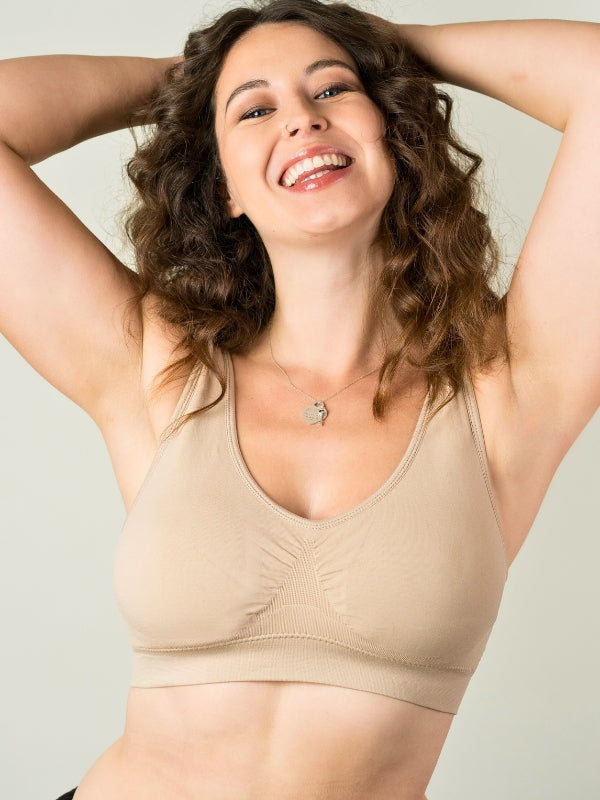
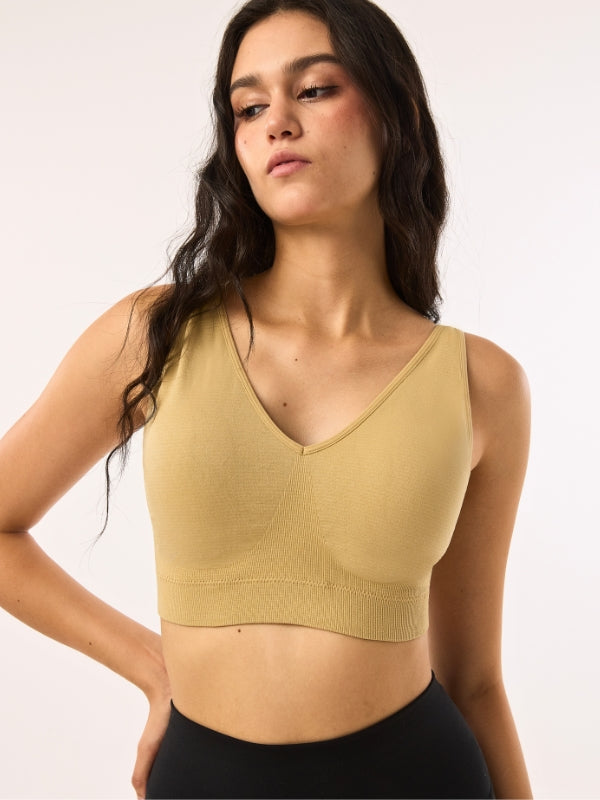
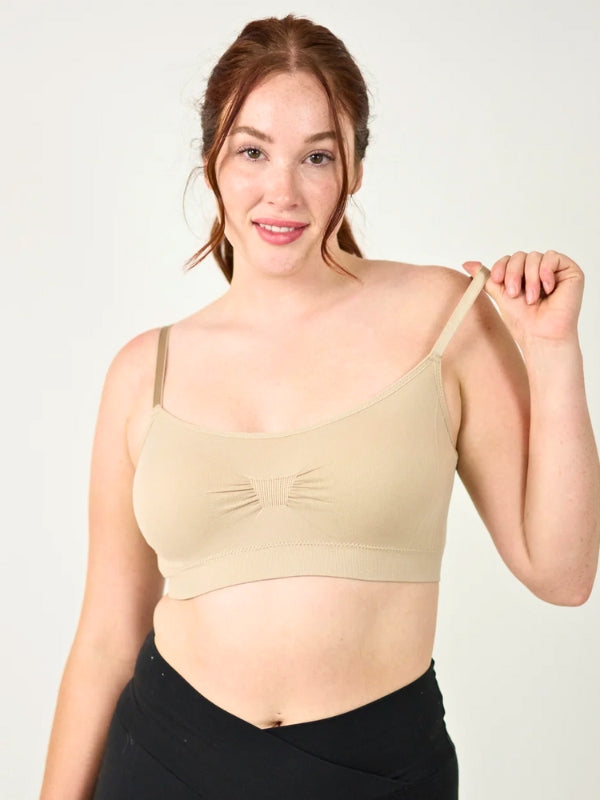

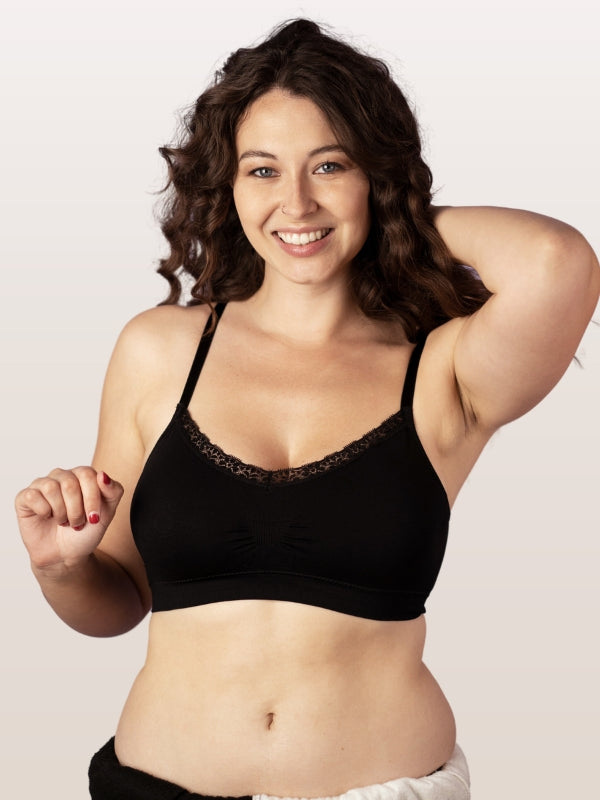

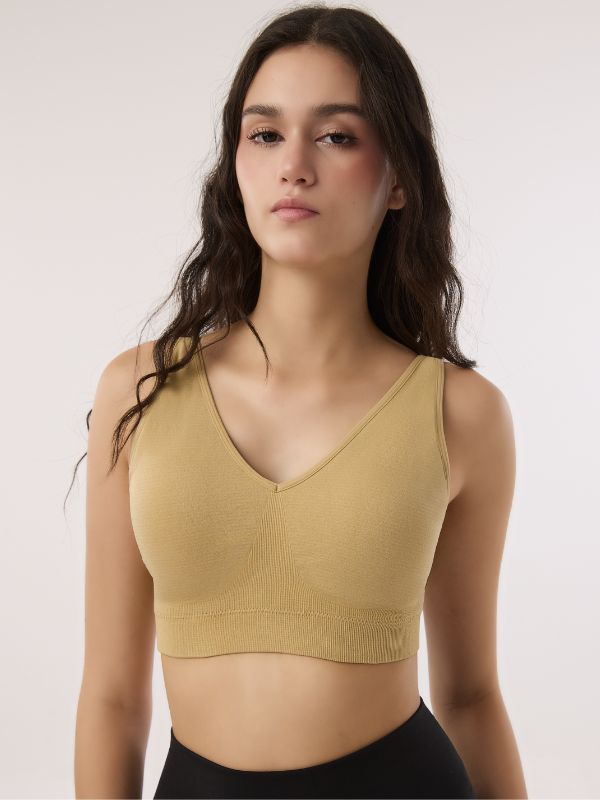
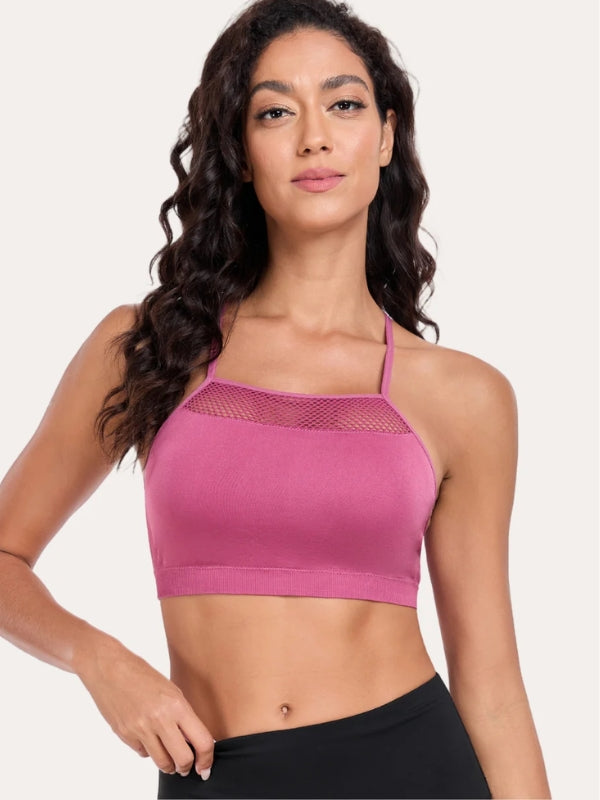
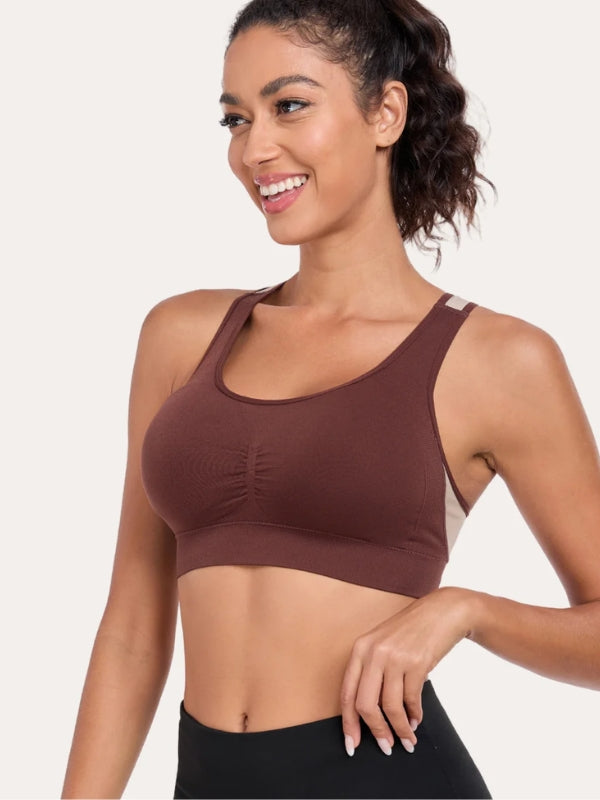
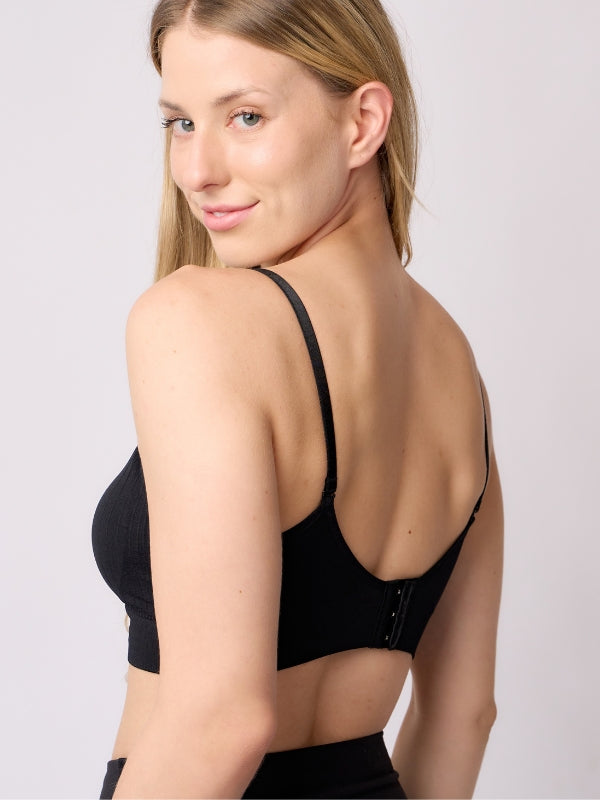
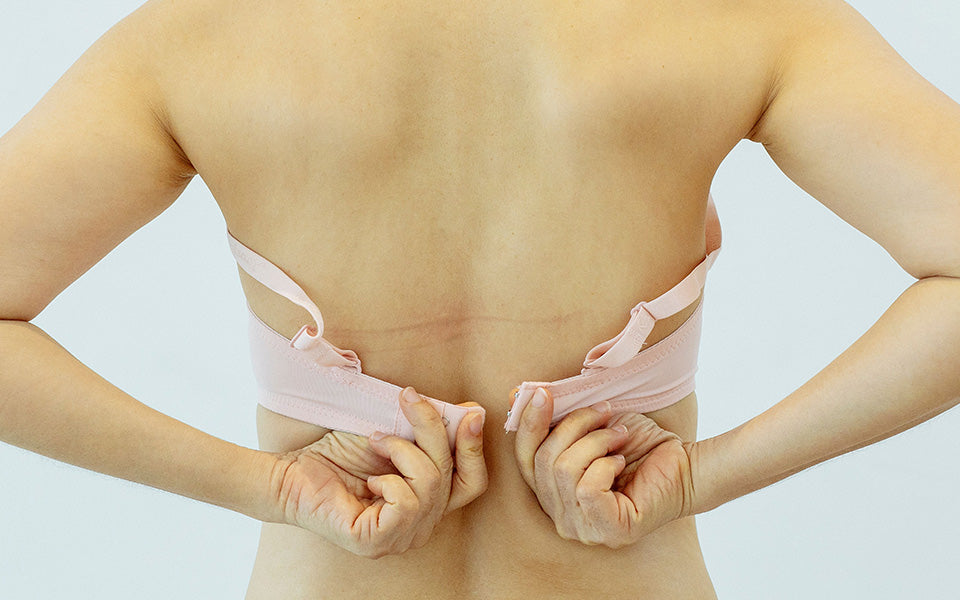
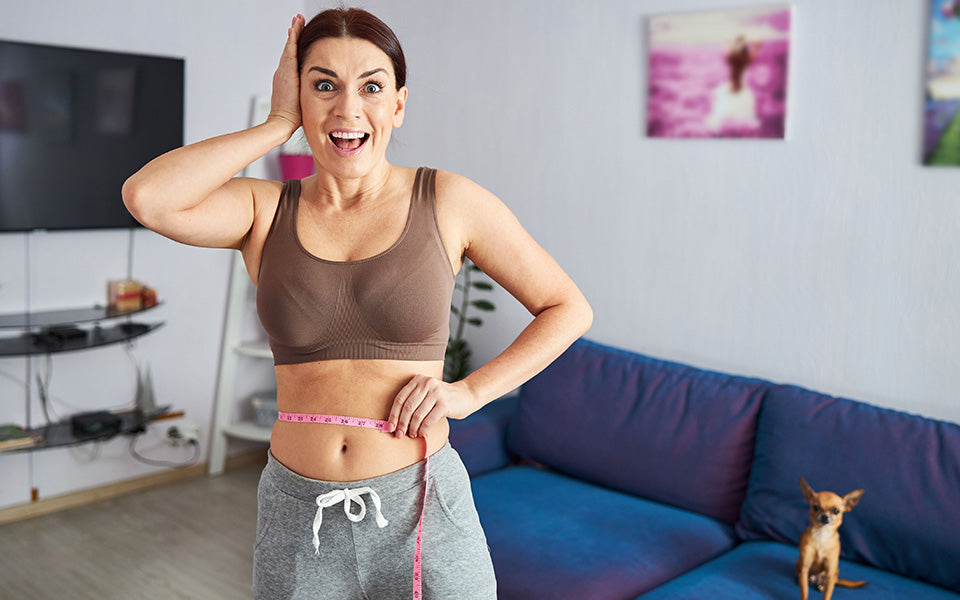

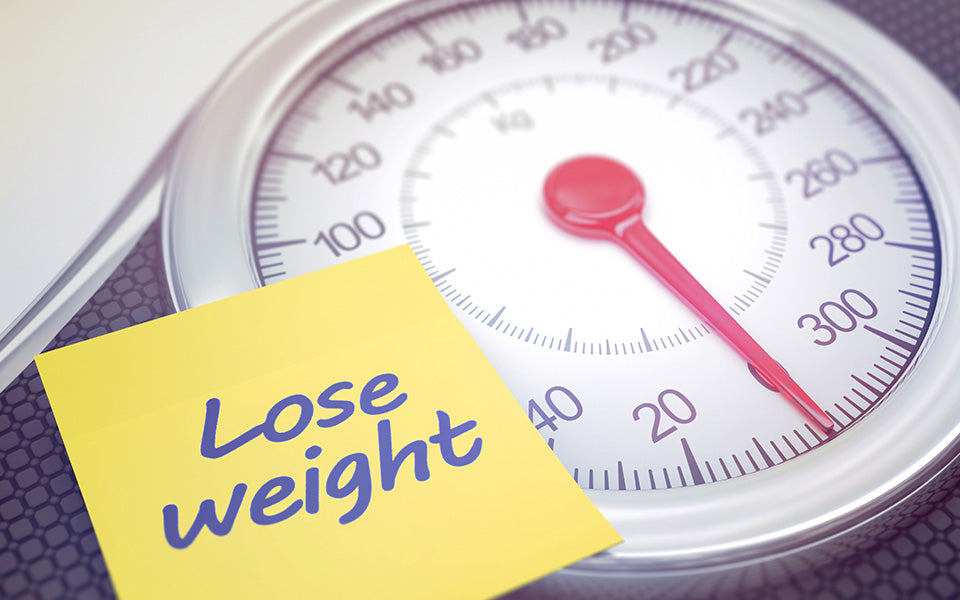
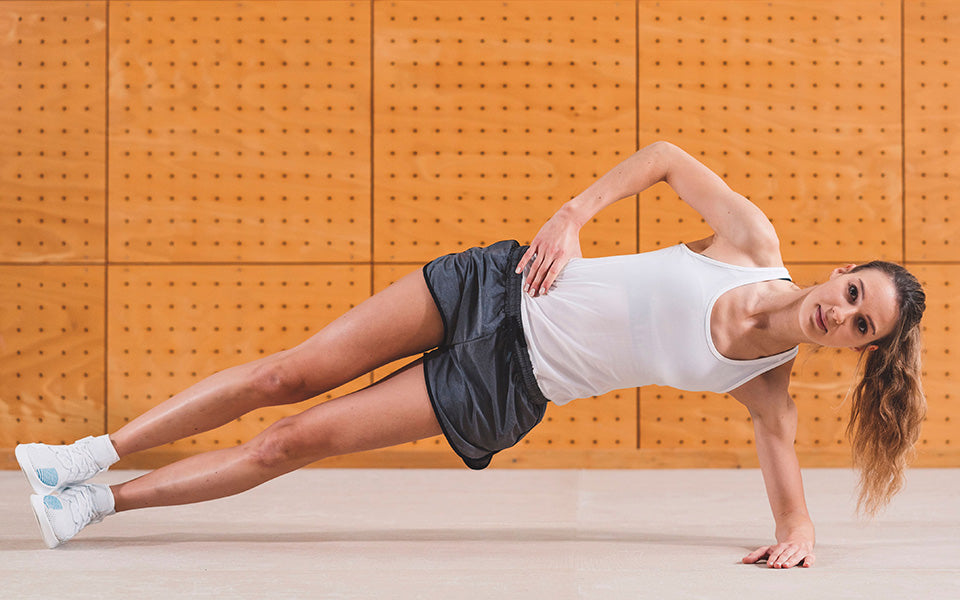
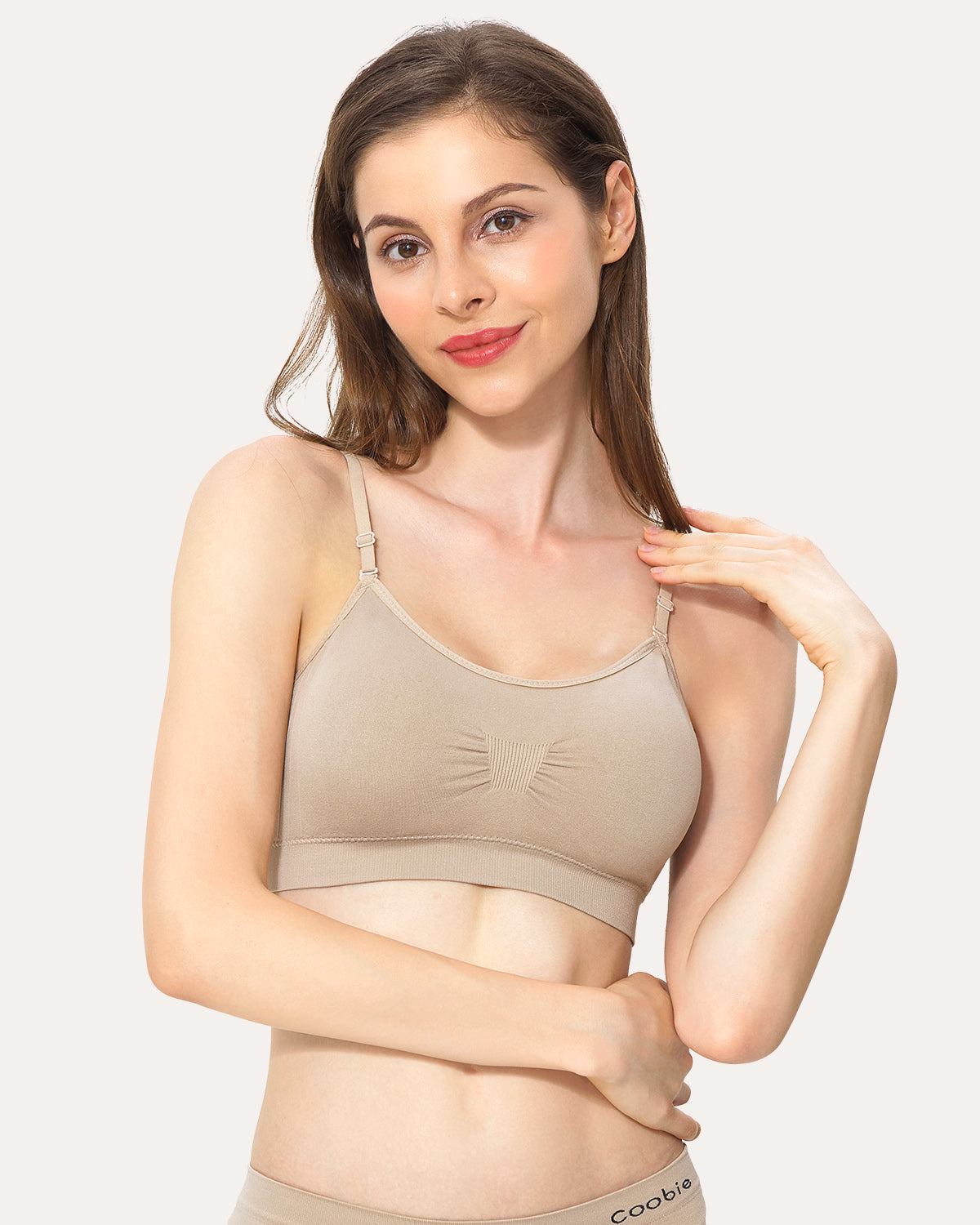
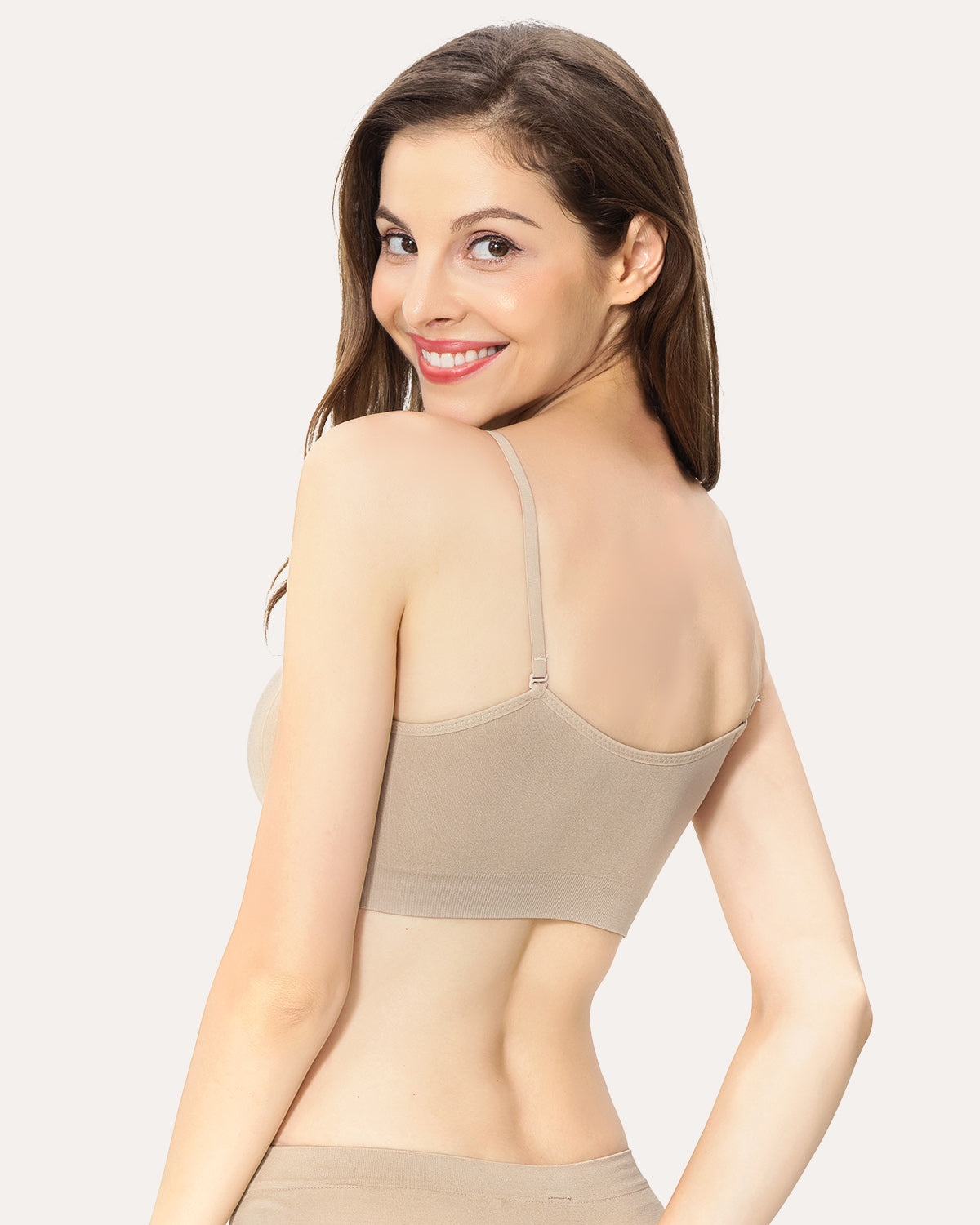
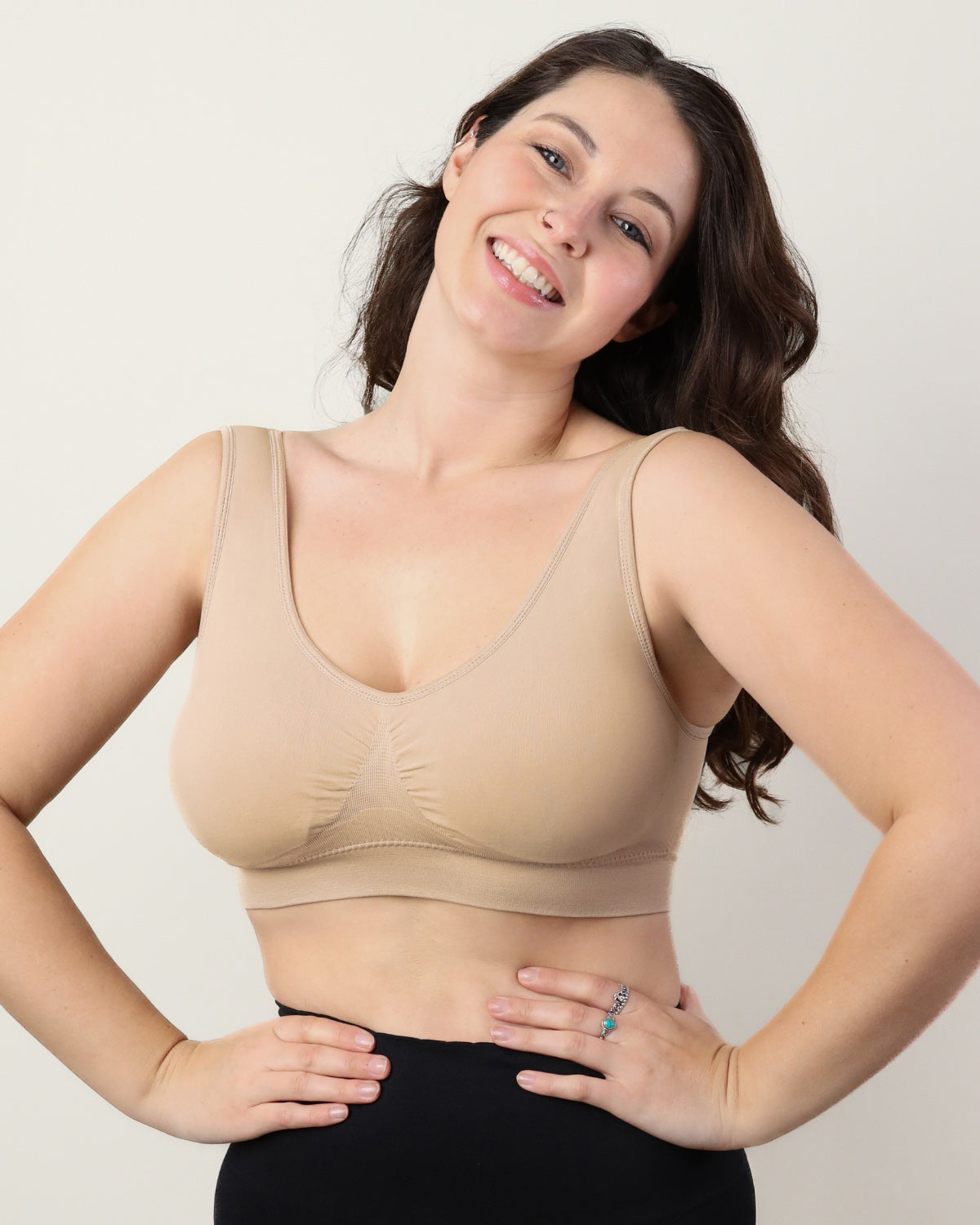

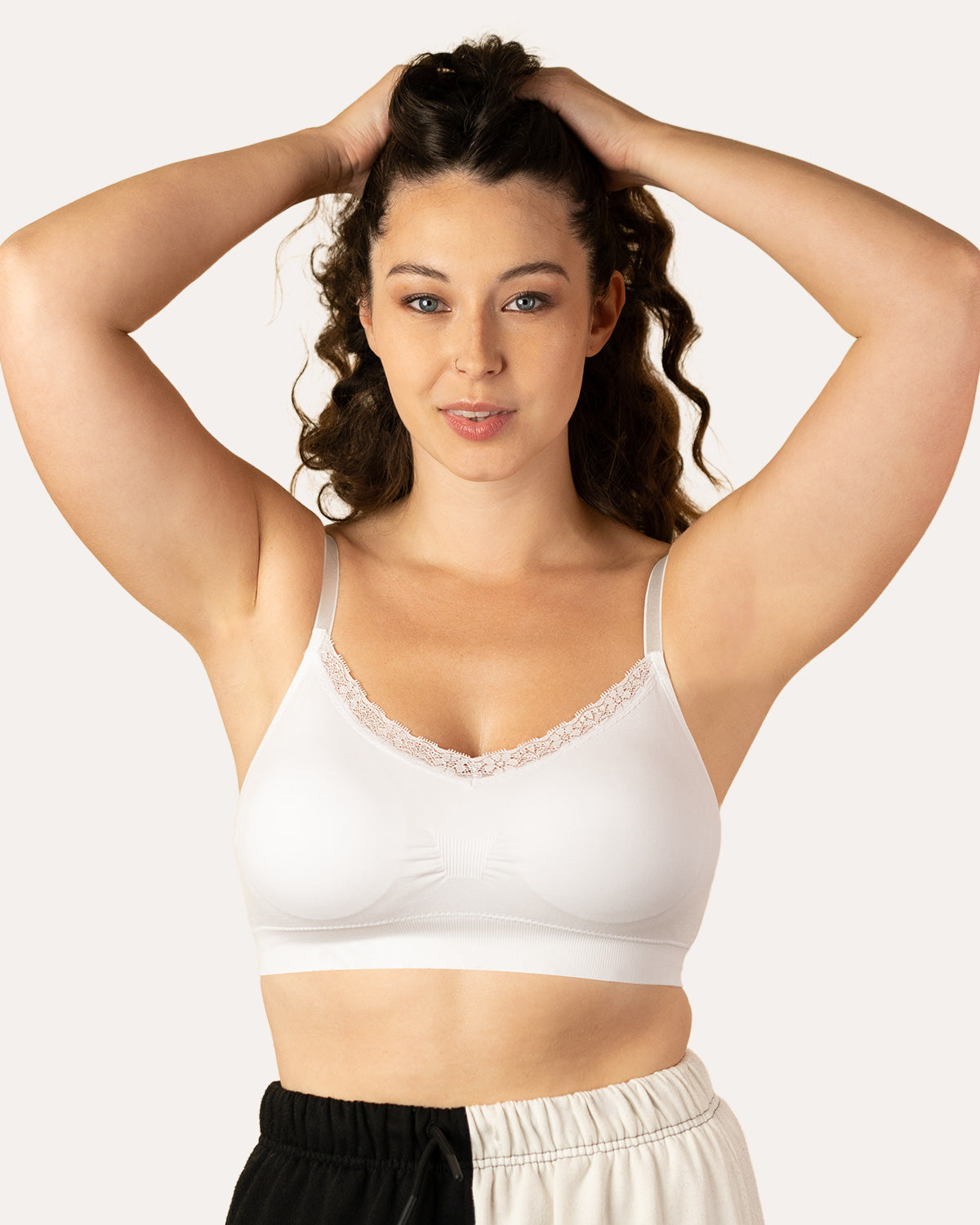
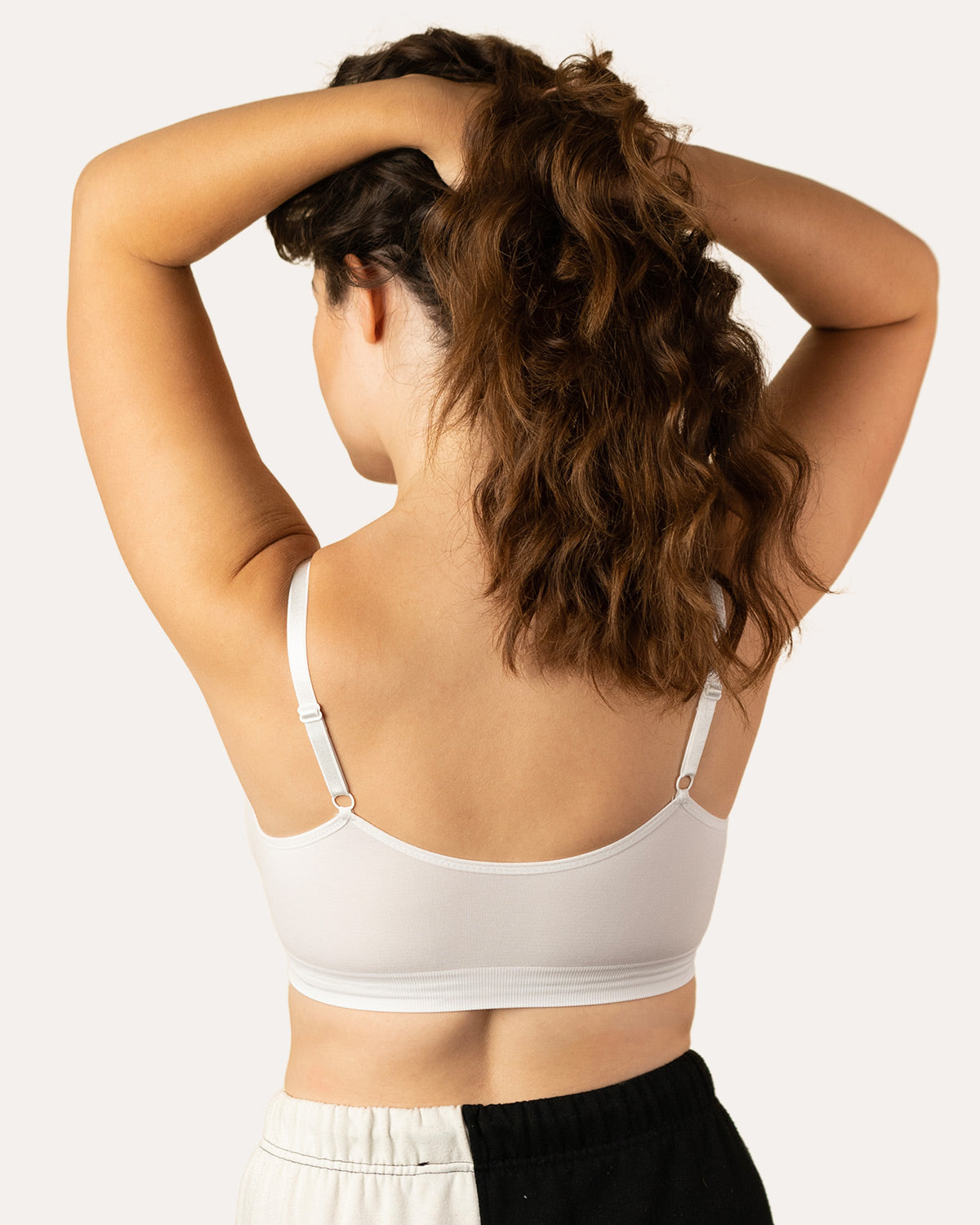
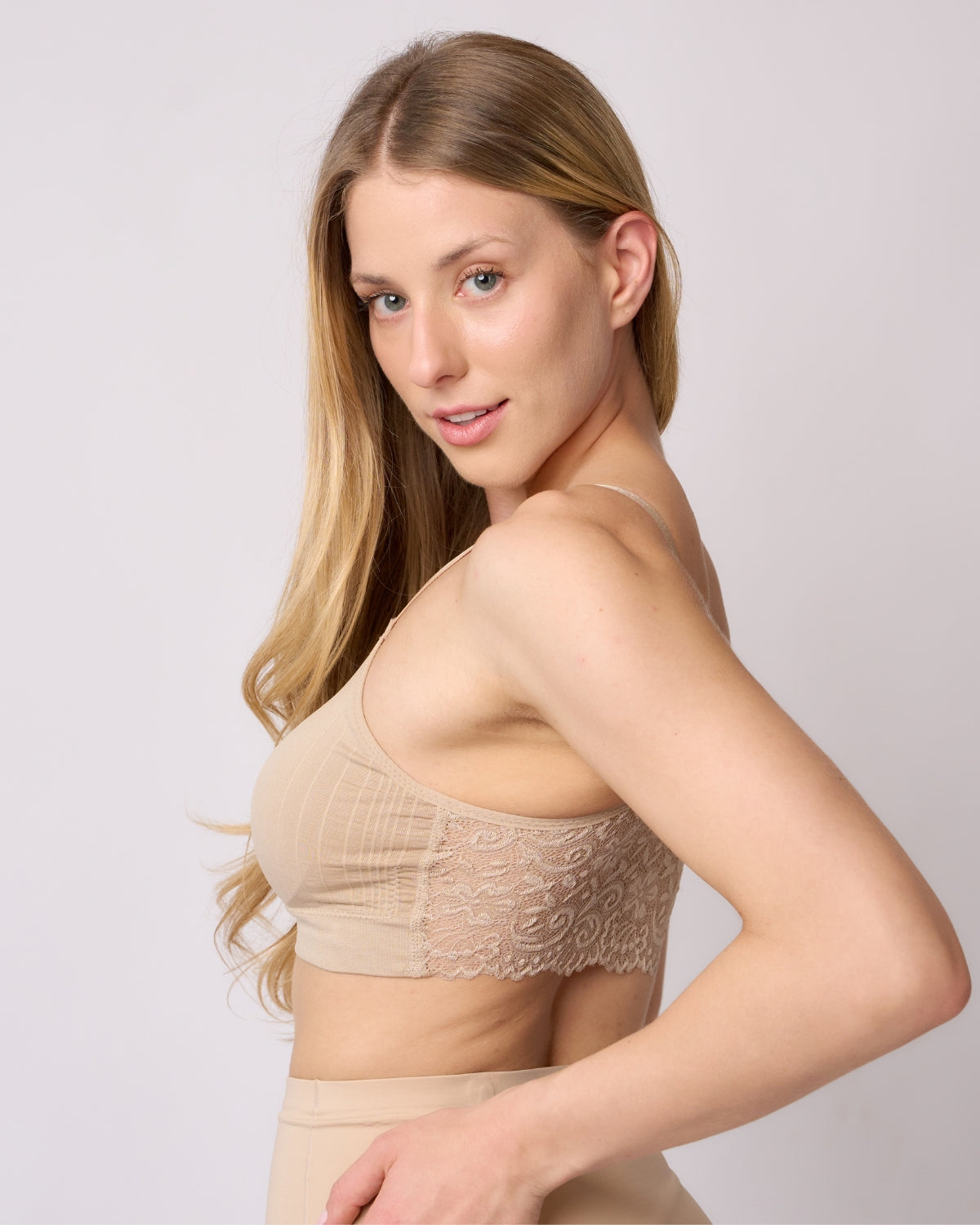
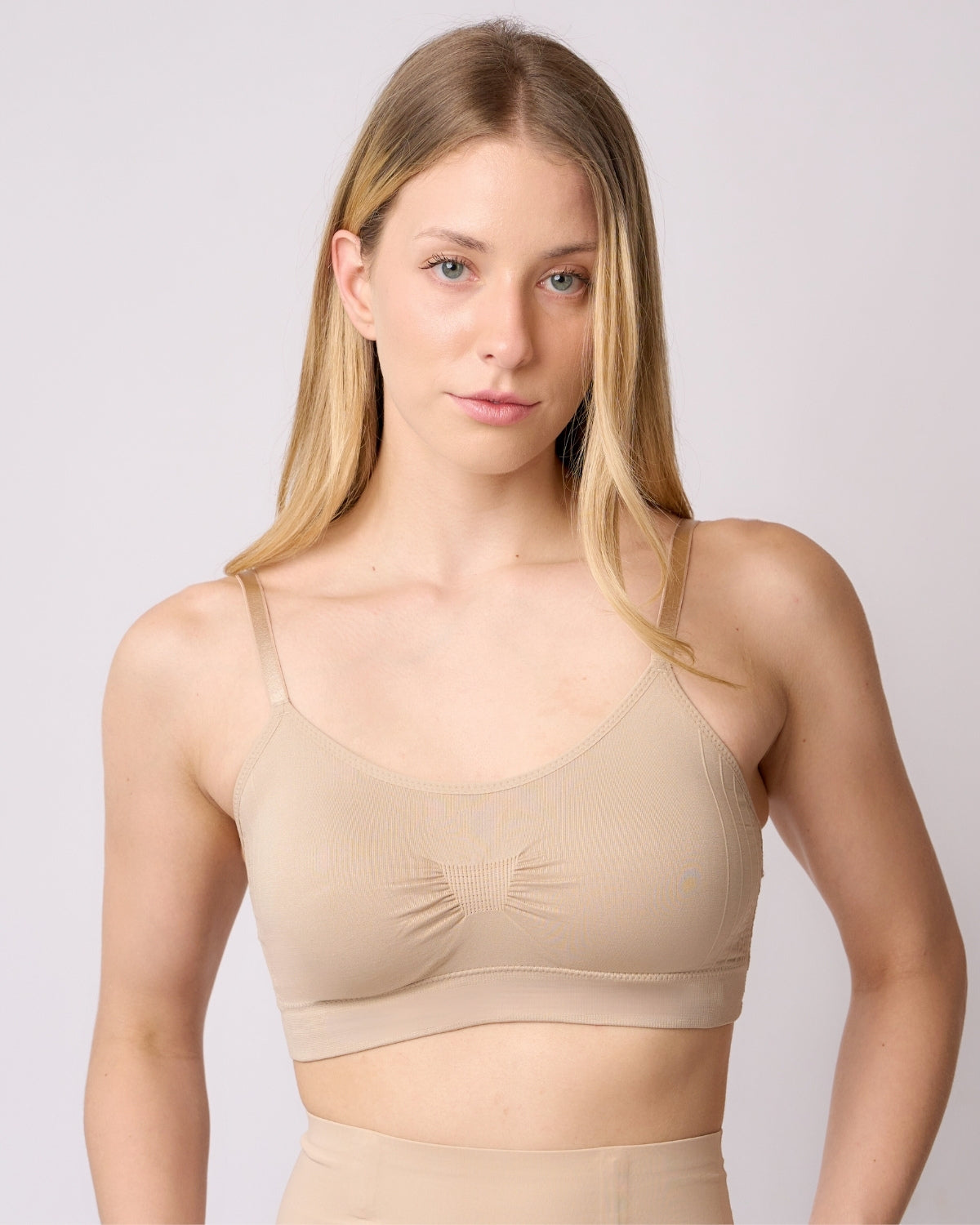
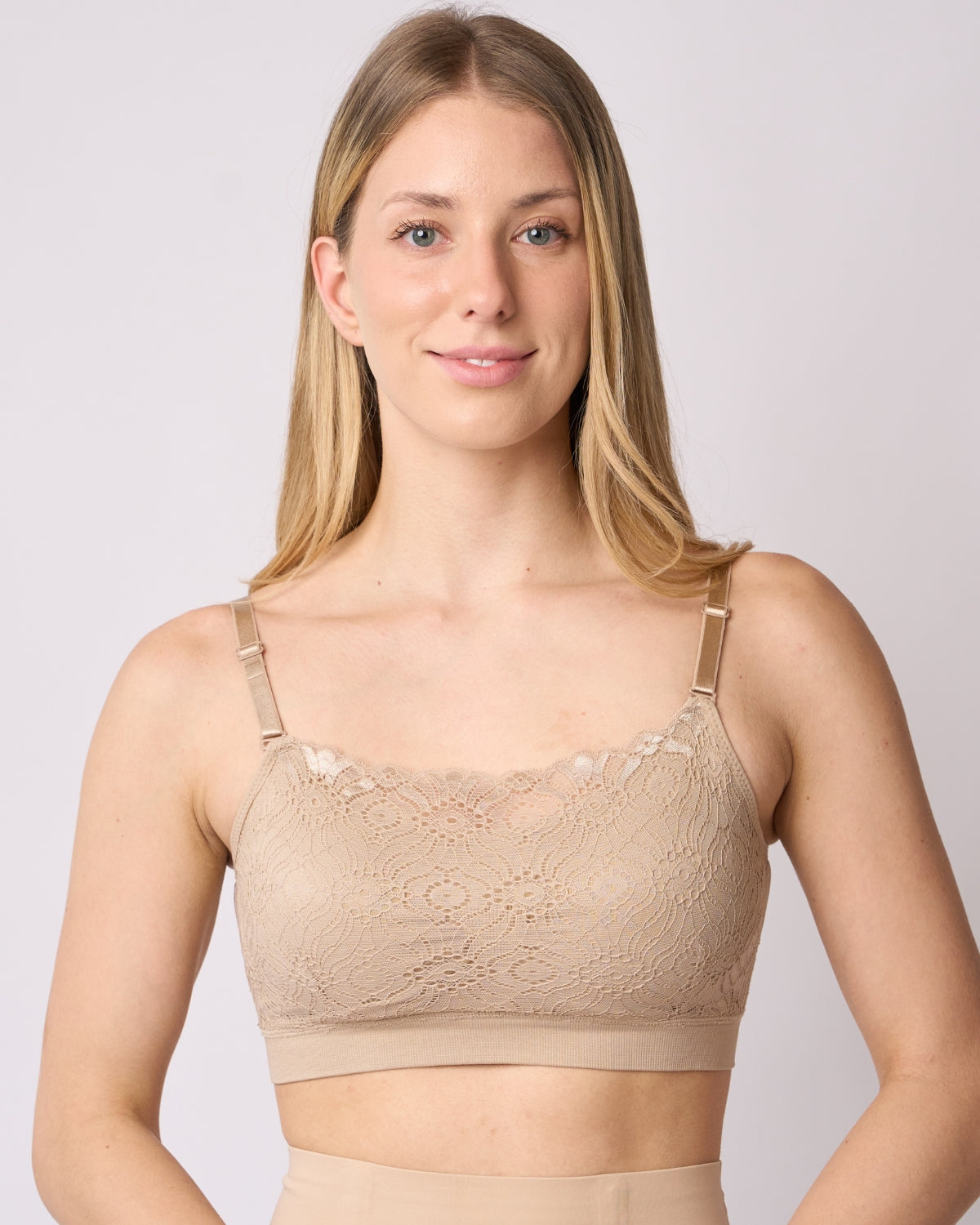
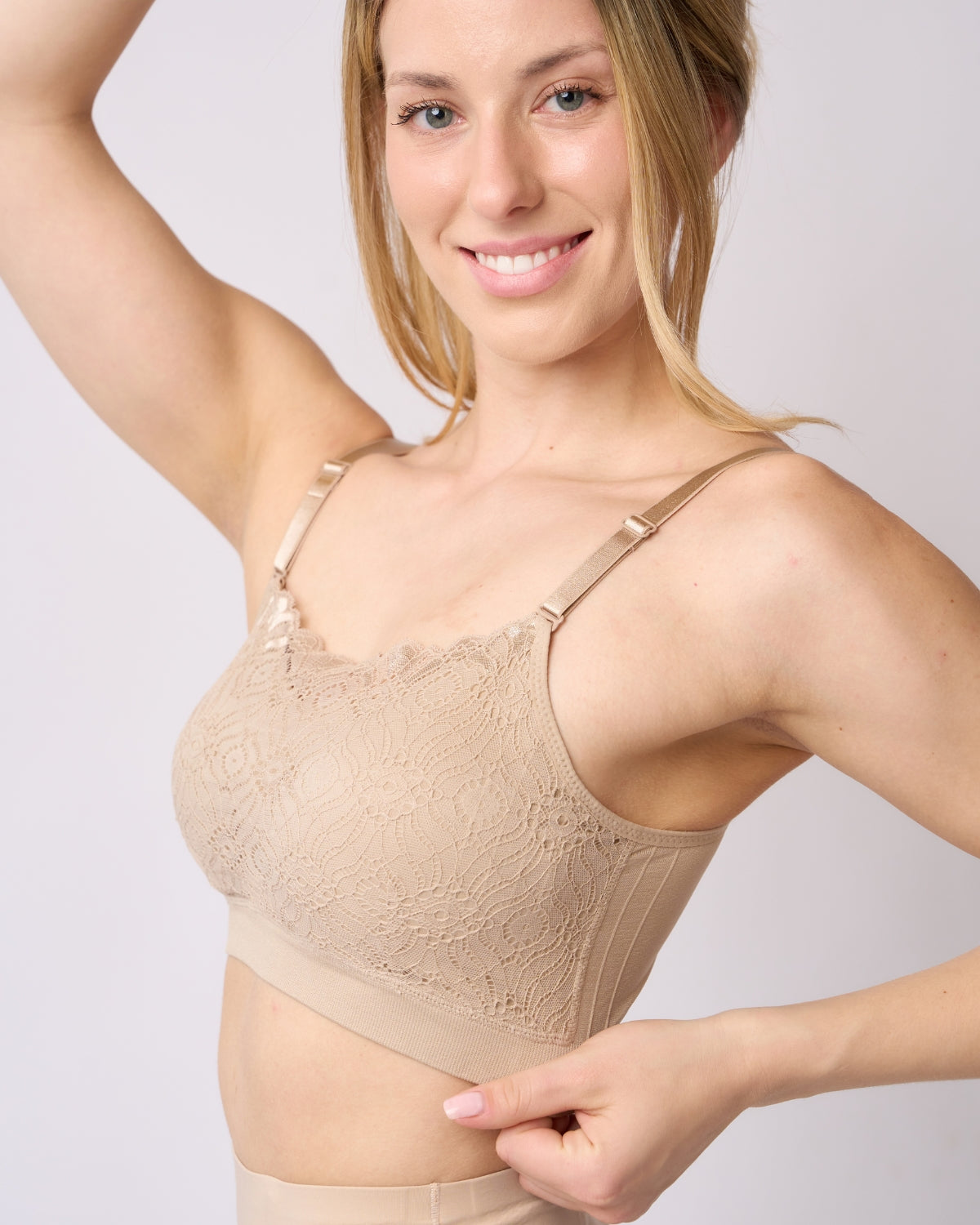
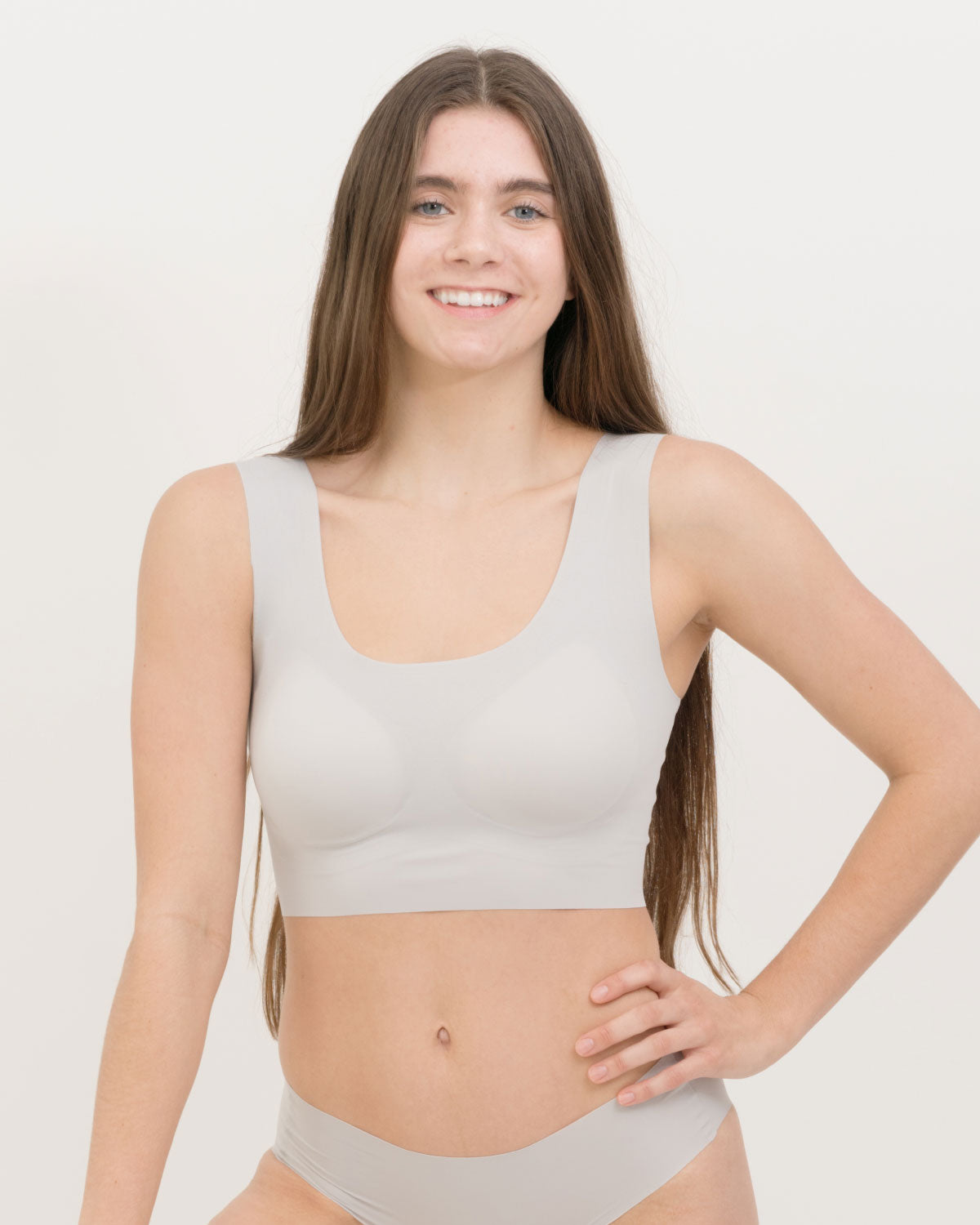
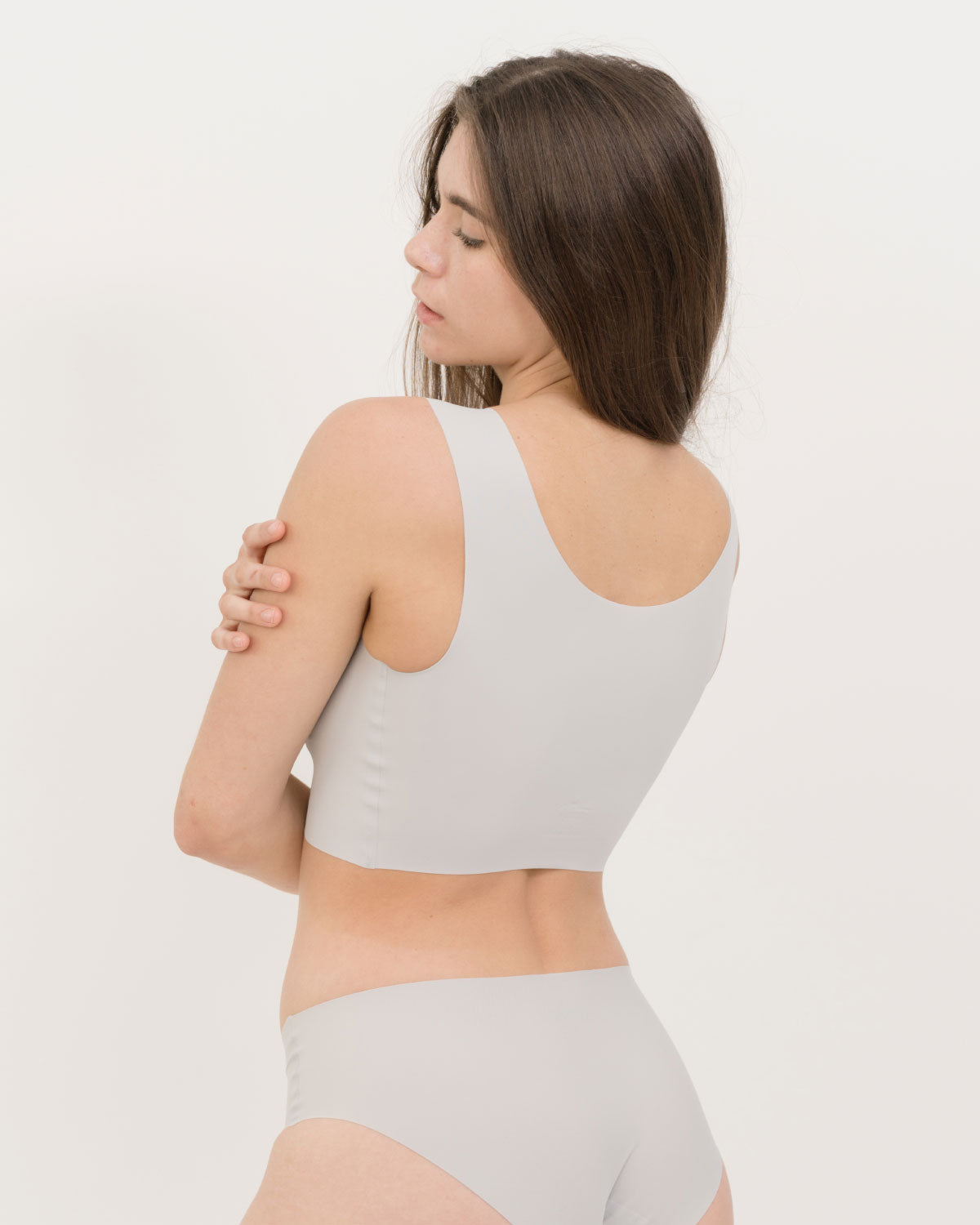
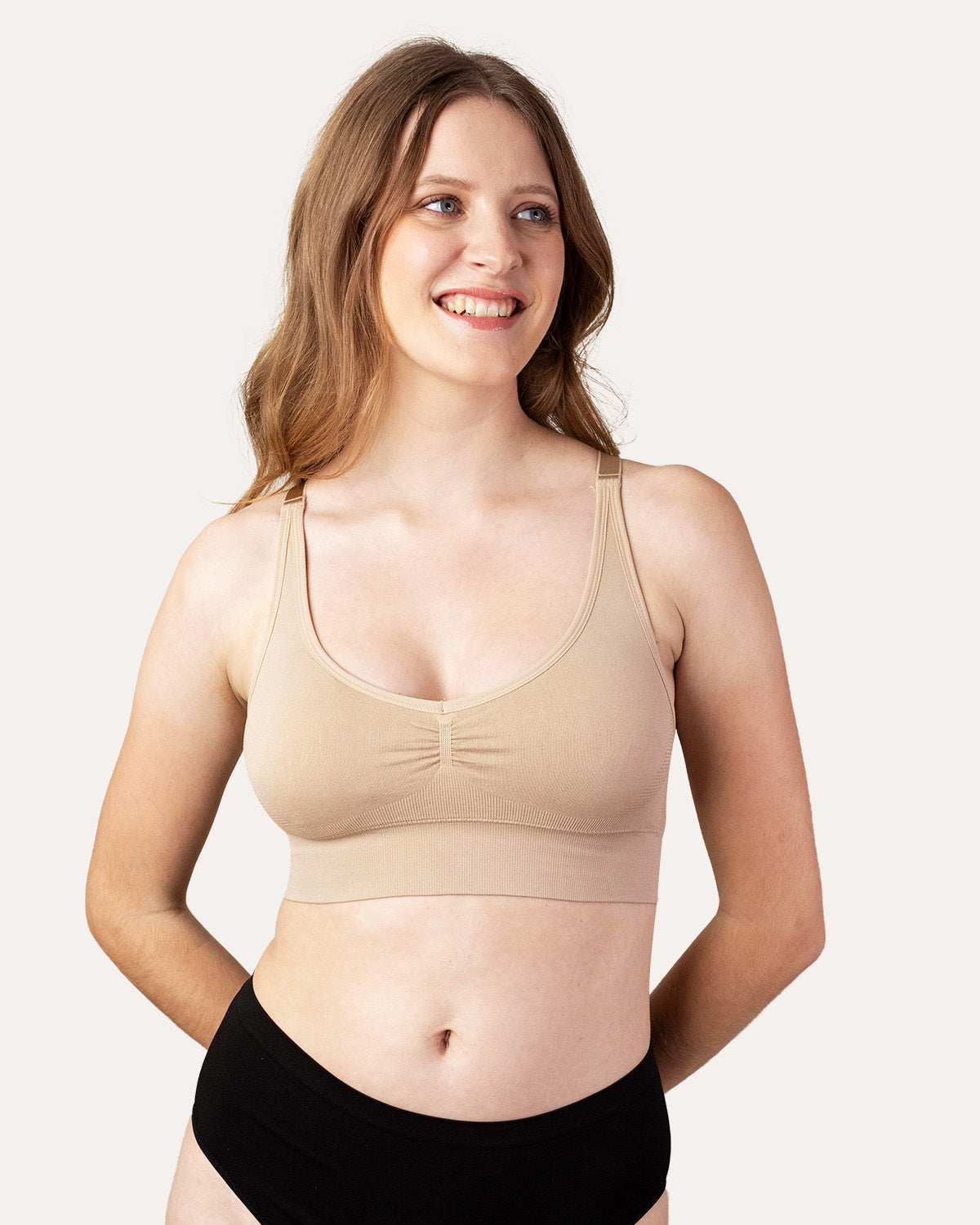
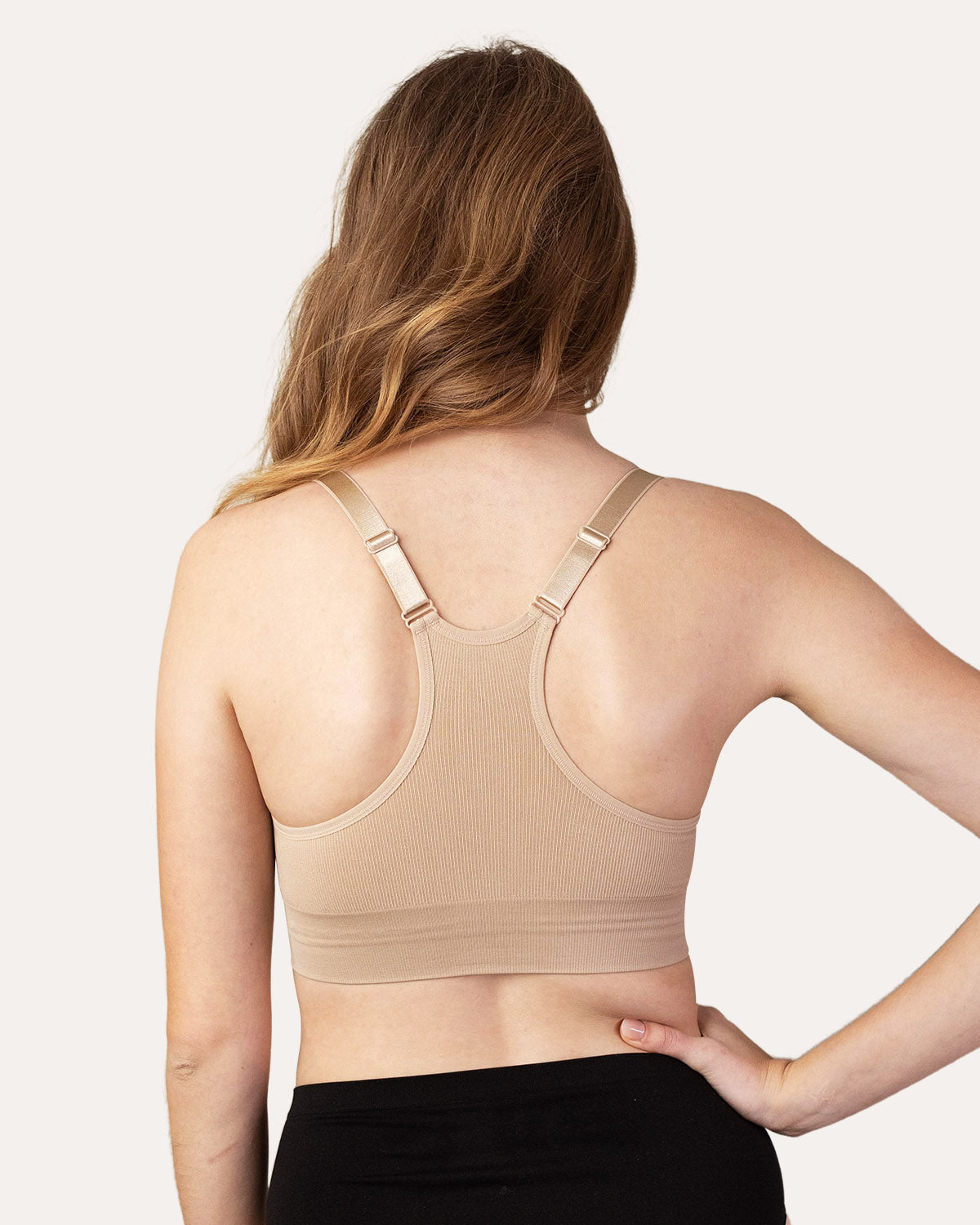
Leave a comment
This site is protected by hCaptcha and the hCaptcha Privacy Policy and Terms of Service apply.